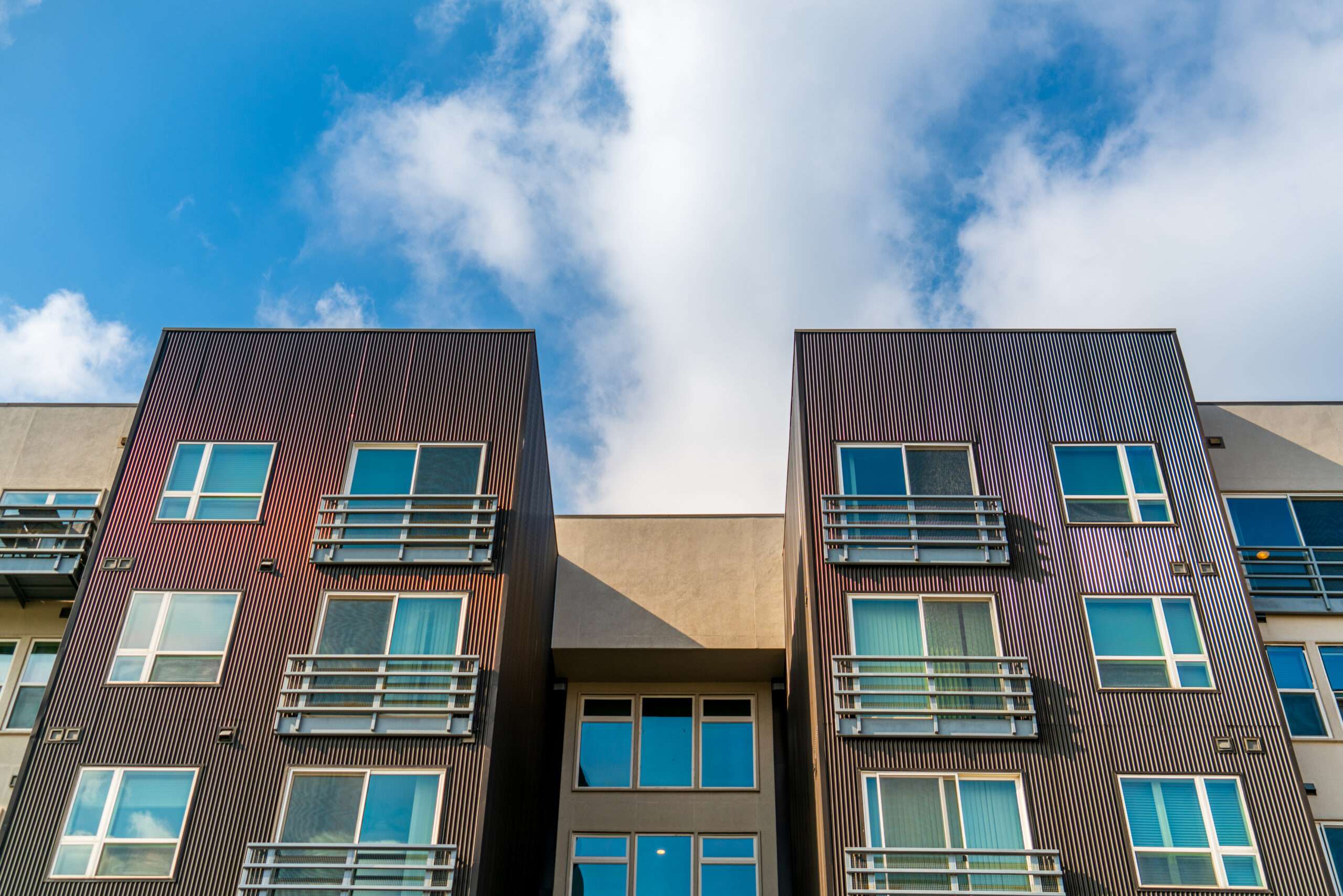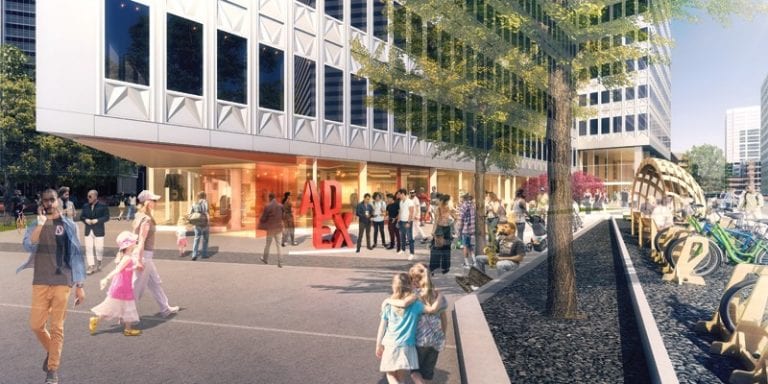
In the ever-changing world of urban development, cities are confronted with a variety of obstacles that require quick and innovative solutions. These challenges range from the crucial problem of affordable housing to the urgent need for efficient and uncrowded infrastructure, as well as sustainable energy practices.
As the demands of the built environment grow, local authorities around the globe are revising their policies and regulations to shape their cities. These forward-thinking regulations have the potential to drive sustainable and continual progress, as cities navigate the intersection between present challenges and future goals.
Likewise, the Austin City Council is currently considering a resolution aimed at increasing the housing production allowance in Austin, Texas. The resolution argues that “smaller lot sizes encourage compact development and can make use of existing infrastructure such as roads, water supply, and sewage systems.”
This initiative would permit a greater number of housing units within neighborhoods and reduce the standard lot sizes to 2,500 square feet or less. This would result in a variety of housing structures, accommodating the growing population while addressing issues of overcrowding.







